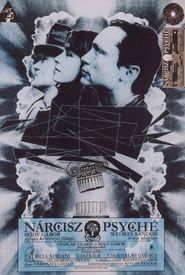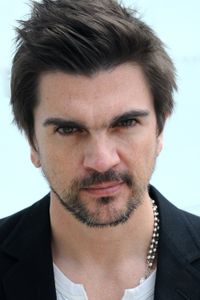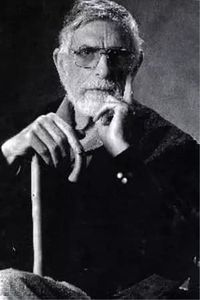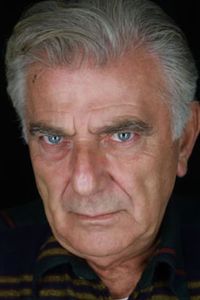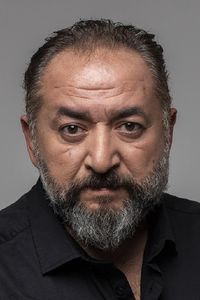Gábor Bódy, a multifaceted Hungarian creative force, left an indelible mark on the world of film as a director, screenwriter, theorist, and occasional actor.
Born on August 30, 1946, in the vibrant city of Budapest, he was raised in an urban middle-class family, surrounded by the rich cultural heritage of his homeland.
Bódy's academic pursuits began at Loránd Eötvös University, where he delved into the realms of history and philosophy, laying the groundwork for his future endeavors.
His passion for filmmaking soon led him to the Academy for Theater and Film Arts, where he honed his craft and began to shape his unique artistic vision.
As a university student, he emerged as a pivotal figure within the esteemed Béla Balázs Stúdió (BBS),where he initially ventured into filmmaking by creating his inaugural motion picture, A Harmadik (The Third),a documentary that delved into the process of students preparing an on-stage adaptation of Faust, in the year 1971. Subsequently, he went on to establish a multitude of innovative and avant-garde projects within BBS, including the pioneering Film Language Series in 1973 and the K/3 experimental film group in 1976, which profoundly influenced the trajectory of post-war Hungarian avant-garde cinema, ultimately redefining its course.
In the year 1975, Bódy marked the beginning of his feature film career with the completion of his debut picture, Amerikai Anzix, which garnered numerous accolades, including the most prestigious Grand Prize for the best new filmmaker at the esteemed International Film Festival Mannheim-Heidelberg, as well as the Hungarian Film Critics prize for the most outstanding first film.
Patricia Adriani starred alongside Udo Kier and György Cserhalmi in Bódy's ambitious next feature film project, Nárcisz és Psyché, which was a monumental production on a grand scale, unparalleled in Hungarian cinematic history of its era. Inspired by Sándor Weöres's poetic masterpiece, Psyché, this cinematic endeavour was a multi-faceted and complex endeavour, existing in three distinct versions, each with its own unique narrative and pacing. The original two-part version, clocking in at a whopping 210 minutes, was a sprawling epic that showcased the director's bold vision. For international audiences, a condensed 136-minute version was crafted, offering a more streamlined and accessible viewing experience. Meanwhile, a 270-minute three-part television version was also produced, providing a more detailed and nuanced exploration of the story and its themes.
Bódy embarked on an ambitious project in 1980, dedicated to crafting the inaugural international video magazine, INFERMENTAL. This groundbreaking endeavor would eventually span a decade, with a total of 10 issues and a special edition being published, a testament to Bódy's tireless dedication and perseverance.
During a residency at the esteemed DAAD Berliner Küunstlerprogram in 1982, Bódy successfully managed to bring the first issue of INFERMENTAL to life, marking the beginning of a remarkable journey. This pioneering video magazine would go on to feature a diverse range of guest editors, showcasing the work of over 1,500 artists from a staggering 36 countries.
Throughout the 1980s and early 1990s, INFERMENTAL continued to thrive, publishing issue after issue, each one a testament to the vision and creativity of its founder, Bódy. This remarkable achievement not only solidified Bódy's position as a trailblazer in the world of video art but also left a lasting legacy, paving the way for future generations of artists and innovators.
After a series of challenging and potentially disillusioning film projects, the talented Bódy finally managed to complete his magnum opus, the feature film Kutya éji dala, or Dog's Night Song, a cinematic masterpiece that showcased his versatility and creativity as a filmmaker.
In this groundbreaking work, Bódy took on the starring role himself, infusing the film with a personal touch that was both poignant and deeply relatable. To further enhance the narrative, he employed a unique blend of Super8 and video footage, skillfully weaving together the two formats to create a visually stunning and immersive cinematic experience.
But what truly sets Kutya éji dala apart is its thoughtful and incisive exploration of the fundamental issues and concerns that shape our world today. By incorporating the music and aesthetic of the Hungarian underground punk scene of the time, Bódy was able to craft a film that was not only a powerful work of art, but also a searing commentary on the state of our society.
Bódy's life was cut tragically short in 1985, with the exact circumstances of his demise shrouded in mystery. Subsequent revelations have shed some light on his activities prior to his death, suggesting that he may have had ties to the Hungarian Secret Police. This new information has sparked further intrigue, as his widow has publicly accused certain unknown individuals of his murder.

